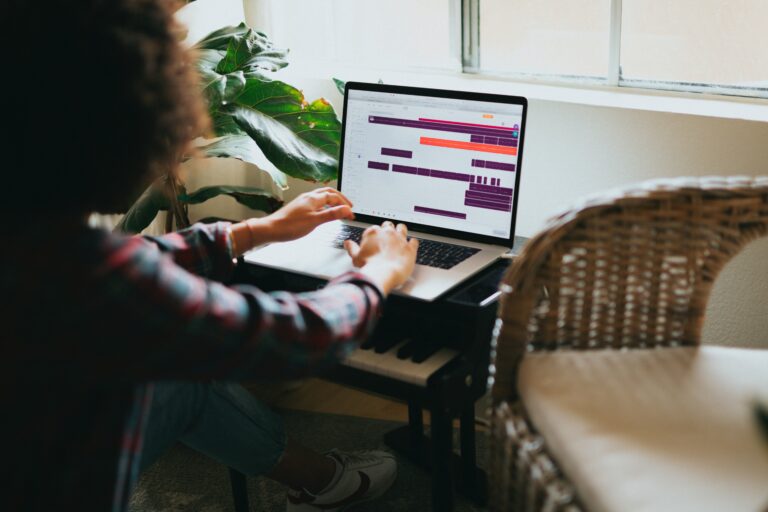Having the right audio quality for your podcast is crucial. It will lift your podcast game and make sure listeners have a great experience with your content. Learning how to record audio from home is challenging – but not impossible. There are many how to record audio tips out there. We have condensed hours of research into our top 6 tips on how to make the best audio record from home.
1. Try to use what you already have at home
You can make an audio recording using the hardware and technology you already own – If you have any smartphone or computer, you can generally use the inbuilt software and microphones to make an audio recording. For an iPhone, you can use Voice Memos, and for a Mac, you could simply use iMovie. Of course, the inbuilt microphones will do the trick in making a recording, but the quality may be average at best. When you want to engage an audience, audio quality is important.
2. Focus on your voice
When you record audio at home for your podcast (or any other audio for that matter) the quality of your recording can be directly related to the quality of your voice. This is not just a technical thing, it’s about our brains. In human speech, every experience has an associated symbolisation i.e., language, tonality, expression and even annunciation. So, when you are recording audio, make sure that you understand that your voice, rather than the microphone or technology, is your mode of communication. The more you convey with your voice, the more likely you are to connect with listeners.
3. Edit to add some polish
If you’re going to record your podcast or audio at home, then you are probably worried about how to make it sound great. And this is a good thing because now you have something that will be a valuable asset both in your own life and for use by others. But, at the same time, don’t judge the quality of your audio based solely on what you’ve recorded. The finished product is what your audience hears, and they are the ultimate judges. So, the fact that you can’t edit it is a good thing. It means that you have time to improve the quality of both what you say and how you sound. You can edit your audio at home with some basic techniques to really improve results.
4. Use an external microphone
Buy a desktop microphone (plenty of USB microphones exist, as do iPhone microphones). A small portable mic is also pretty good, but they are often more expensive than a desktop mic. An external microphone will improve the quality of your audio content. Focus too on microphone placement. Make sure it points to the sweet spot where you talk. You would be amazed to know that good placement of a microphone can take your sound from amateur to broadcast quality with a simple tilt and swivel.
5. How to record and let the content flow
Our most important tools for recording audio from home is our microphone and voice. But creativity comes from our brains, and this is the most important tool for working with and creating, audio. Make sure you have a plan for your audio and then make it sound natural and let it flow. If you’re scripting what you say, make sure it’s rehearsed so it can sound natural and let it flow.
6. Have a good space and be in a good space
It’s funny how much your surroundings matter when you record audio from your home. If you record your audio in the bathroom, it will sound tinny and echoey. If you record from a noisy room, then that ambient/audible noise may make it into your recording. Also, bumps on tables can make it onto the audio track. Make sure you are in a good space as it will improve overall sound quality.
Recording audio from home is a great thing to do, so make sure you keep these 6 tips in mind and that will increase your output and overall enjoyment.
If you are interested in learning more about AI editing tools click here.




